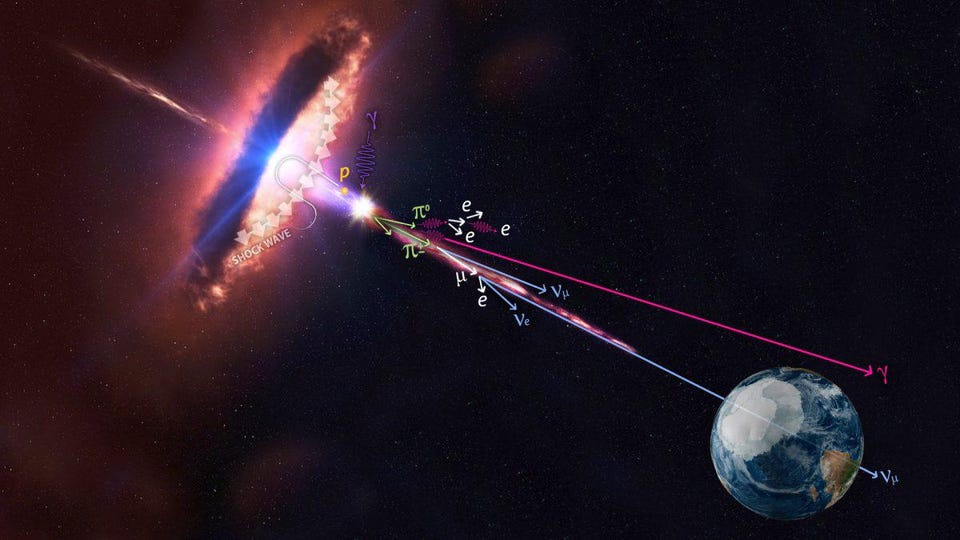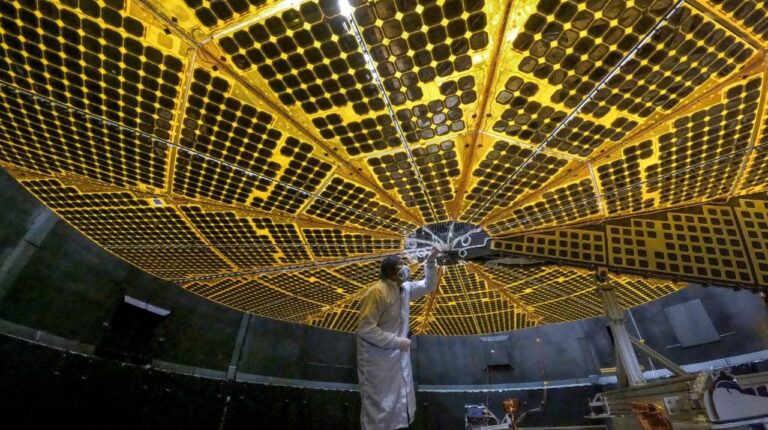
Scientists believe that astrophysical neutrino and cosmic rays are connected, so locating neutrino’s origin will help in finding cosmic rays’ history.

Cosmic rays are atom fragments that carry an enormous amount of energy and often affect the satellites when they enter our atmosphere. The origin of this strange phenomenon has remained elusive for scientists for over a century. Now, researchers, in a new study, have claimed of finding some clues that can shed light on the factories behind these cosmic rays.
In a new study, published in Science, researchers have detected a cosmic ray offshoot called a neutrino or ghost particles. These parties are considered so evasive that they interact with anything but as they travel, they don’t come in contact with the atoms.
Scientists believe that astrophysical neutrino and cosmic rays are connected, hence locating neutrino’s origin would help in understanding where cosmic rays come from. Neutrinos are like small particles messengers that have spawned a new field of astronomy called multi-messenger astronomy.
For the study, researchers have scanned the largest available neutrino data set collected from a science base named IceCube Neutrino Observatory, located within the South Pole. A neutrino was detected by the observatory in 2017, which was later traced to a blazar called TXS 0506+056.
Puzzled over how the neutrino is produced, researchers cross-checked the IceCube’s findings with the PeVatron blazers catalog. The authors, through the study, were able to determine the link between the neutrinos and blazars. “We had a hint back then (in 2017), and now we have evidence,” said Marco Ajello, associate professor of Physics and Astronomy at Clemson University and author of the study.
Explaining the findings, co-author Sara Buson from Julius-Maximilians-Universität in Germany said, “The results provide, for the first time, incontrovertible observational evidence that the sub-sample of PeVatron blazars are extragalactic neutrino sources and thus, cosmic ray accelerators.”
Now, researchers hope that while these findings were revealed by scanning only the most promising sets of the IceCube neutrino data, digging deeper would provide more discoveries in the future.
[Source=gadgets360]







Leave a Comment